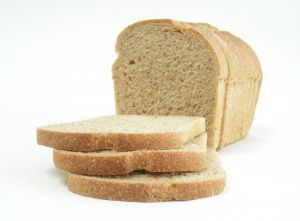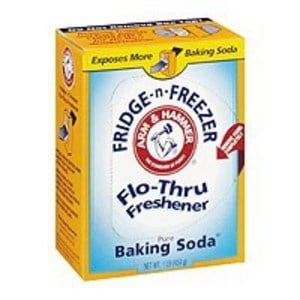Heirloom grains are gaining in popularity all over the country. Are you familiar with the advantages of these ancient foods?
Millet is probably the heirloom grain you are most acquainted with. It’s an ancient grain: it’s been around at least since the Stone Age, and some scientists believe that the dinosaurs may have eaten it. In Africa, Asia and India it’s been a staple for years, since it’s easy to grow, thrives in a dry, hot, climate, is naturally pest-resistant, and takes only two months to grow to maturity. Millet is an excellent food source — it’s high in fiber, B vitamins, iron, magnesium, and calcium. In addition, it’s easy to digest and low in gluten. In spite of its wonderful qualities, in the United States it’s used primarily for bird feed.
Emmer, or farro, as it’s called in some areas, is one of the first grains known to man. In fact, grains found near archeological digs have been carbon-dated to 17,000 BC, although it’s doubtful that it was domesticated that long. It’s a primitive wheat variety that retains its outer shell, and was one of the first cereals to be domesticated in the Fertile Crescent area. Emmer, along with barley, was one of the chief ingredients in the bread and beer of the ancient Egyptians. After about 4000 BC, it was pretty much abandoned for common wheat, which has no hull and so is easier to mill. It was brought to the United States in the 1800’s, primarily for animal feed, since it is a very high protein foodstuff. It’s still used for humans in Italy, both as a polenta-style dish, and as flour for pasta and bread. It’s a very healthy grain, but is still unsuitable for people with wheat allergies, or sensitivities.
Spelt is another species of wheat, and was important in Europe from the Bronze Age through medieval times. It was brought to the United States in the 1890’s, but was almost entirely replaced by bread wheat during the 20th century. Today it is beginning to regain favor, primarily because it requires fewer fertilizers. Spelt has a moderate amount of gluten, and is acceptable for baking. It creates a light, fluffy bread, with a somewhat sweet and nutty flavor. Spelt is also not acceptable for people with wheat allergies.
Teff is an annual grass that is native to Ethiopia and northern Africa. It has extremely small seeds, so that a mere handful can be used to sow a very large area, making it an ideal crop for a semi-nomadic people. In Ethiopia and Eritrea it is still an important food staple. Teff contains all eight of the amino acids required by humans, and has more lysine than wheat or barley. The iron it contains is of a type that is easily absorbed by the human body. Teff contains no gluten.
Quinoa comes from the Andes region of South America. The word quinoa means “mother”, and it was considered the mother of all grains. It has an excellent balance of amino acids (much better than corn, rice, or wheat) and is high in protein, vitamin C, and the B vitamins. It is easy to digest, and has a nutty flavor and a fluffy texture. One of the drawbacks of quinoa is that it must be washed thoroughly before use, as it has a natural coating of saponins – a bitter soap-like substance that discourages birds and insects from eating it. Saponins are soluble in cold water, however, so it is easily removed. Of course, the advantage of the saponins is that Quinoa has little or no need for chemical pesticides.
Amaranth has been cultivated for at least 8,000 years. It was a staple of the Aztecs, and was also used in religious ceremonies. The Spanish Conquistadors banned its cultivation (probably because of its religious significance to the Aztecs), but it continued to grow wild, so it never became completely extinct. Amaranth is rich in lysine, has more protein than milk, and more iron and calcium than kale, spinach, beet greens, collards, and many of our other “healthy” vegetables. It has the ability to grow well in poor soil, and its stalks are extremely high in carbon, so they work to improve the soil. Amaranth can be used either as a hot cereal or an addition to baking flour. (Use about one part amaranth to 3 or 4 parts wheat flour.)
Most of these heirloom grains can be found in health stores relatively easily. If you like the flavor and the health benefits, you might want to try growing some yourself!
Sources: www.livingliberally.org, www.bobsredmill.com, www.wsm.wsu/edu/stories/2008/February/taste, www.koanga.org, www.wikipedia.org/wiki/grain, www.wikipedia.org/wiki/amaranth_grain, www.wikipedia.org/wiki/spelt, www.wikipedia.org/wiki/teff, www.wikipedia.org/emmer, www.wsm.wsu/edu/stories/2008/February/taste,





